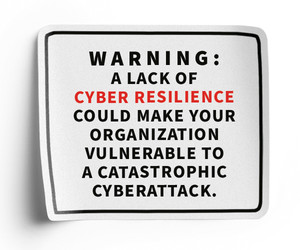1. Implement Network Segmentation and Microsegmentation
As the name implies, network segmentation involves dividing a corporate network into distinct zones or segments consisting of multiple devices and the applications they host. Security solutions are deployed at the boundaries between these zones, and any traffic trying to get from one zone to another undergoes inspection by a next-generation firewall. This increases network visibility and enables organizations to quickly detect and block attackers attempting to move laterally. This also ensures that privileged access is given only to a select few.
Microsegmentation is even more granular in nature, as each device — or even application — is placed within its own segment. It’s implemented using software-defined networking, which allows all traffic to be routed through an NGFW or another inspection point. And, in addition to detecting and blocking attackers, microsegmentation solutions provide key capabilities that augment and tighten security for zero-trust schemes, including asset discovery and application and service modeling.
Microsegmentation “can provide comprehensive cloud infrastructure, advanced threat detection and defense against lateral movement to augment and complement a zero-trust strategy,” writes Tim Liu, CTO and cofounder of Hillstone Networks, in Forbes. This tactic essentially limits the blast radius of potential attacks.











